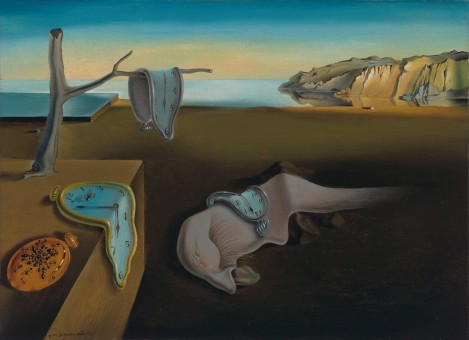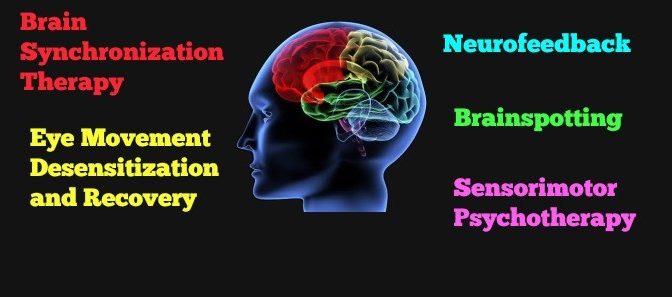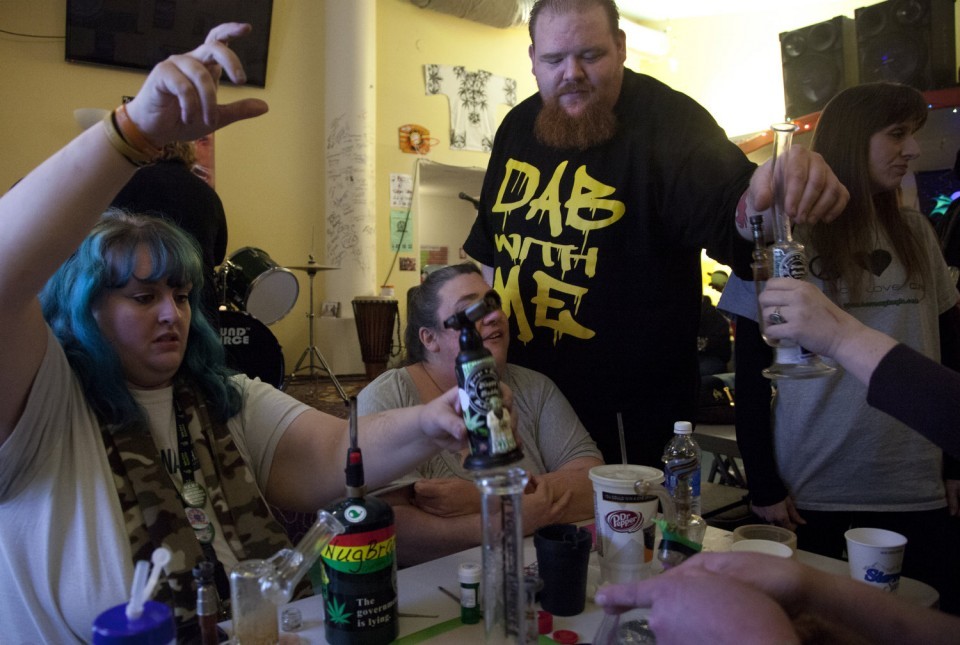Time conceals rather heals wounds, and traumatic experiences convert to disease later in life. Adverse Childhood Experiences (ACEs) cause diseases that carry into adulthood, as well as numerous psychological issues and addiction. (Read about the mind-body connection, part 1 and mind-based healing solutions, part 2)
A long-term study from Denmark, explored a number psychological factors that may or may not have adverse outcomes on the children.
The Danish study determined that parental factors most likely to create either violent or suicidal tendencies in adulthood are 1) parents who used marijuana; 2) having parents who are sociopaths or 3) having parents who attempt suicide. In other words, marijuana abuse is far more serious in predicting adverse behavioral outcomes than other parental mental health conditions such as bipolar disorder and alcoholism.

What is Known about ACEs?
Because the research is so extensive, we are coming to understand some of the precise mechanisms by which biography turns into biology. Heart disease, diabetes, all forms of auto-immune disease (a growing problem), addiction and obesity are connected to high ACE scores. While choices such as smoking, maintaining a good or bad diet and exercise are within a person’s control, ACEs are not.
Today there are more than 1500 studies about how ACEs affect the mental and physical health. The exploration into ACEs began with an accidental discovery by Dr. Vincent Feletti of Kaiser Permanente in San Diego. His obese patients who had high rates of cancer and heart disease also had high rates of childhood trauma. Dr. Feretti teamed up with Dr. Robert Anda of the Center for Disease Control (CDC) whose specialty was the link between heart disease and depression.
Drs. Anda and Feretti conducted a huge study on childhood trauma and disease between 1995 and 1997. The information they discovered can be revolutionary in terms of treatments linking mental and physical health. They found that 2/3 of those who suffer chronic disease had traumatic childhoods. In other words, genetics is not the only predictor of susceptibility to disease; experiences also play a crucial role.
It is interesting that two causes of death — strokes and diabetes — do not correlate with high ACE scores. However, chronic pain and addiction are highly correlated to traumatic childhoods, just like autoimmune diseases, heart disease and obesity.
There’s Also Substance Abuse
Victims of trauma will often use marijuana, alcohol and other drugs to create a numbing effect, and to allow disassociation. Marijuana and heroin have the greatest numbing effect, writes Janina Fisher, PhD., in a paper on Traumatic Abuse and Addiction.
When the numbing is too much and the victims need to feel energized and alive again, stimulants such as cocaine and opiates can be used. Other chronic marijuana users become anxious and get prescriptions for Xanax to cope with anxiety. The need to use multiple drugs becomes a cycle, and the addicts of today tend to develop multiple addictions.
This fragile coping mechanism often blows up when drugs users have families. Raising children and needing to care for another person will expose the inability of drug-abusing parents to maintain an equilibrium.
Multigenerational Drug Abuse
Yasmin Hurd of New York University writes of an additional risk. She spoke about neuroepigenetics and addiction vulnerability at the Neuroscience conference on November 16, 2016. She believes marijuana is much more addictive than most people acknowledge. Her research demonstrates that both adolescent marijuana use, as well as exposure to THC in utero, makes epigenetic changes to the brain, priming it for greater susceptibility for later addiction to opiate drugs.
Hurd concludes that future generations who use marijuana are more susceptible to heroin addiction. Children of drug users often carry a legacy of having been abused or neglected. Since they grew up in homes where drug use was normalized, they will tend to do the same.
Another problem is that medical marijuana practitioners are encouraging pregnant women to smoke pot for morning sickness and for breastfeeding. Dr. Steven Simerville explains the reasons why we should be concerned about the mental development of children whose mothers did not protect them from THC during crucial stages of life.
Today, it’s not ‘just’ marijuana. The marijuana of today is at least five times stronger than it was in the 1970s. (Read Part 4 to understand more about how we are creating new generations of traumatized children.)



